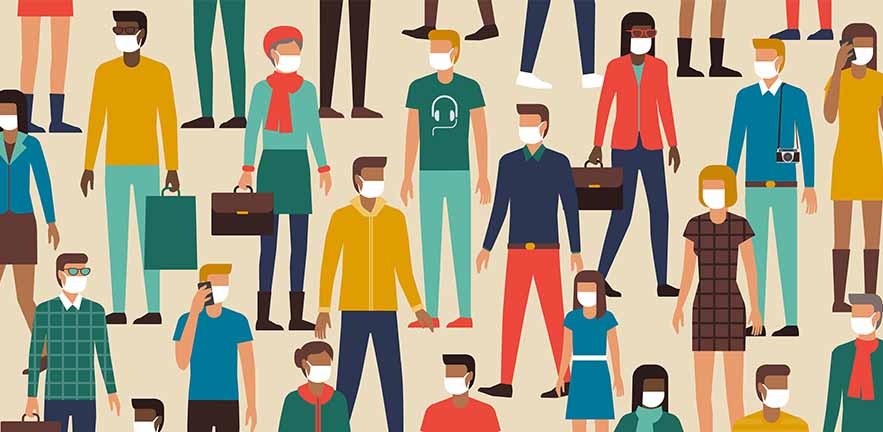An alternative idea to social distancing from policy modeller Dr Chris Hope.

A new working paper by Dr Chris Hope, Emeritus Reader in Policy Modelling at Cambridge Judge Business School, suggests an alternative that could be offered to social distancing measures under the current coronavirus lockdown: “voluntary exposure” in which healthy people can choose to be infected and confined to their homes until no longer infectious.

Currently, most people do not know if they are infected until they show symptoms, and they can, therefore, pass the infection on to other people in shops or the street while unknowingly infected.
Under a “voluntary exposure” approach, people who choose to be immediately infected with COVID-19 (coronavirus) and then stay in their homes until no longer infectious “would then be able to resume something closer to normal life, once sufficient numbers were immune and the government allowed it,” Chris writes in a blog post summarising the working paper. People at high risk or with pre-existing conditions would not be offered such voluntary exposure, or presumably not take it up if offered.
He emphasises that the working paper posted on the Cambridge Judge Business School website is a “first analysis” of this new idea, and has not been published or extensively peer-reviewed. “It’s really just a proof of concept, to show the idea shouldn’t be dismissed out of hand. I am keen to get comments from as many perspectives as possible,” Chris says.
The working paper, “Controlled infection to exit COVID-19 lockdown: a first utilitarian analysis”, builds a model to find the costs and benefits of a person’s continued social distancing or voluntary exposure, based on a variety of factors including the:
- expected length of the lockdown emergency, risk of infection, length of infection, expected remaining lifetime
- likelihood of needing intensive care
- likelihood of death from coronavirus, and loss of earnings under social distancing.
“So assume a healthy individual has a choice: A. social distance until the emergency is over, or they are infected anyway, or B. choose voluntary exposure now, with testing, isolation and then immunity,” the working paper says.
“Voluntary exposure will nearly always be effective in causing infection, as the illness appears to be transmitted easily. As the infection occurs in a controlled manner, there is no extra risk to those outside the household. Social distancing leads to a quality of life drop, loss of earnings, later infection or no infection.
“Which is better if I’m given a choice, voluntary exposure or social distancing? The basic tradeoff is that voluntary exposure allows me to obtain an earlier return to near-normal life, and a certainty that I’m not infecting others outside my household in exchange for increasing the small chance that I will suffer major symptoms, possibly death, since under social distancing I may not get infected at all.
“For a young, healthy, single person, the analysis shows that they could suffer less than half the overall harm under voluntary exposure than they do under continued social distancing.”
Chris Hope’s widely cited models on climate change have been used by the UK’s Stern Review, the US Environmental Protection Agency and other public bodies to estimate the social cost of carbon dioxide.
Chris Hope is open to comments on his working paper, which can be shared directly with him via the blog post.

